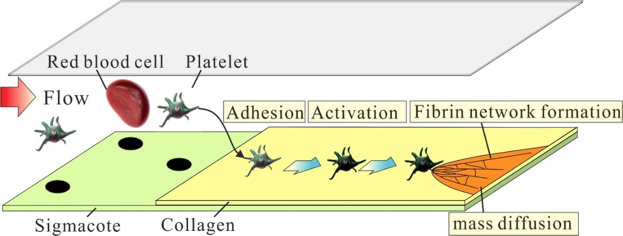RESEARCH TOPICS
エネルギー・資源の高効率有効利用技術や地球規模の環境負荷軽減対策に代表される,エネルギー問題を解決する工学的な知恵と技術は今後ますます必要になってくるでしょう.例えば,現在,従来のエネルギー機器を超小型化し,各家庭への導入までも視野に入れた高度分散発電システムを構築することによって,大規模発電設備のベースロード運転への特化ならびにその負荷変動の軽減,それに伴う総合的なエネルギーの節約を実現するという提案がなされています.また,電池に変わって長時間発電し続けることのできる,おもちゃのように小さな熱機関を開発するといった動きもあります.しかし,エネルギー機器の超小型化にはいろいろな技術的問題点があり,単純に実現できるとは限りません.小型化という観点からは,熱エネルギー・動力発生機器からの排熱を回収するための装置や,快適な室内環境作りに欠かせない空調設備などにおいても,小型化,低騒音化のための工夫が求められています.高度医療技術分野においても,u-TAS(超小型化学分析装置)に代表される検査・治療用超小型化診断システムを開発するための流体混合制御技術の導入が不可欠です.本研究室ではそれらの実現に向けての基礎的研究を行います.

感光性流体・界面活性剤の機能性流体流れによる伝熱制御
Heat Transfer Control using Photosensitive Micellar Solution Type Functional Fluids
⇣

粘弾性流体流れを用いた混合と伝熱促進技術
Mixing and Heat Transfer Enhancement using Viscoelastic Fluid
⇣

誘電泳動力を用いた高速細胞分取マイクロ流体デバイスの開発
High Throughput Cell Manipulation and Sorting System using
Microfluidics and Dielectric Force
⇣

流体制御および電気計測を用いたマイクロセンサによる細胞力学特性の評価
Measurement of Physical Properties of Biological Cells using
Microfluidic-electric Sensors
⇣

蛍光偏光法によるマイクロ流路内の温度・粘性係数の計測
Measurement of Fluid Temperature and Viscosity in Microchannel using
Fluorescent Polarization Method
⇣
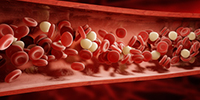
マイクロ流路を用いた血管内流れにおける物質輸送現象の解明
Measurement of Mass Transfer in Blood Flow using Microchannel Flow
⇣

静脈血栓形成における熱物性と反応特性の計測
Measurement of Thermal Properties and Reaction Characteristics of Venous Thrombus
⇣
感光性流体・界面活性剤の機能性流体流れによる伝熱制御

界面活性剤の一種であるアゾベンゼン化合物(AzoTAB)はその構造が光の波長に依存して変化する.そこで,この特徴を利用した流動制御が実現可能かどうかを明らかにするため,AzoTABを含む水溶液やポリマー溶液を調合して流路内に流し,速度分布を実測する.特にミリスケール流路内における壁面近傍の流動特性と壁面の伝熱特性が光の影響を受けてどのように変化するのか検討を行う.界面活性剤の一種であるアゾベンゼン化合物(AzoTAB)はその構造が光の波長に依存して変化する.そこで,この特徴を利用した流動制御が実現可能かどうかを明らかにするため,AzoTABを含む水溶液やポリマー溶液を調合して流路内に流し,速度分布を実測する.特にミリスケール流路内における壁面近傍の流動特性と壁面の伝熱特性が光の影響を受けてどのように変化するのか検討を行う.
Publication:
S. Tsuchikawa et al., "Change of Flow Structure and Heat Transfer Performance of Photosensitive Micellar Solutions with Light Irradiation, Int. Journal of Advances in Engineering Sciences and Applied Mathematics", Vol. 10 No.2, 171–178.
R. Kuriyama et al., "Experimental Investigation on Reversible Characteristics of Heat Transfer and Fluid Flow Using Wavelength-dependent Photoresponse of Aqueous Surfactant Solution", 16th International Heat Transfer Conference, (2018), IHTC16-23287.
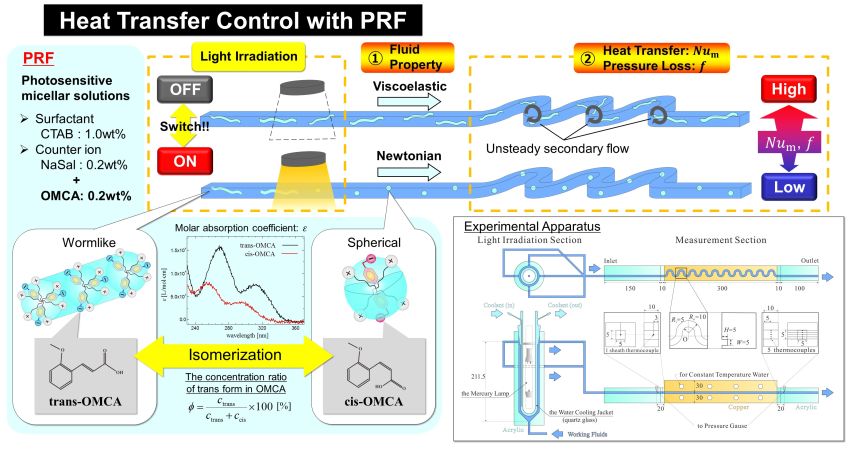
粘弾性流体流れを用いた混合と伝熱促進技術
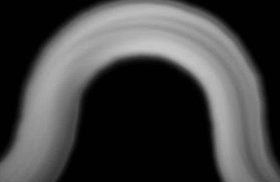
Mixing in small scales (micro and millimeter) is a challenging issue due to the absence of turbulence in low Reynolds number flow. To enhance fluid mixing and heat transfer at the wall, we are focusing on the flow instability enhancement and vortex generation effects of viscoelastic fluids. By controlling the stress relaxation of the viscoelastic fluid applying specific channel geometry and fluid with appropriate relaxation time, we have shown that unsteady flow and strong vortex can be generated even under the conditions of Reynolds number ~ 1. Heat transfer enhancement was achieved by the factor of 3 compared with Newtonian fluid. To understand the physics of the flow and heat transfer characteristics, we have carried out three-dimensional numerical simulation, flow velocity measurements (PIV), and polymer status and stress relaxation measurements (SALS) together with the local and average heat transfer measurements.
Publication:
K. Tatsumi et al.,"Local Flow and Heat Transfer Characteristics of Viscoelastic Fluid in a Serpentine Channel", Int. Journal of Heat and Mass Transfer, (accepted).
K. Tatsumi et al., "A Numerical and Experimental Study on Flow and Heat Transfer Characteristics of Viscoelastic Fluid Flow in A Serpentine Channel", 15th International Heat Transfer Conference, (2014), IHTC15-9615.
K. Tatsumi et al., "Flow and Heat Transfer Characteristics of Viscoelastic Fluid Flow in a Serpentine Channel", Transactions of the JSME. Ser. B. 79 (2013), 93-103.
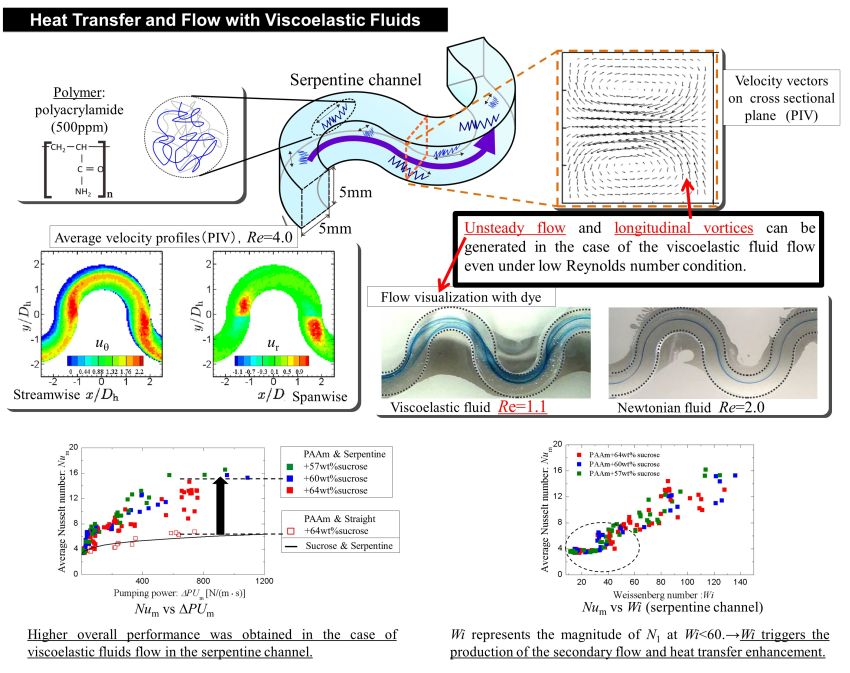
誘電泳動力を用いた高速細胞分取マイクロ流体デバイスの開発
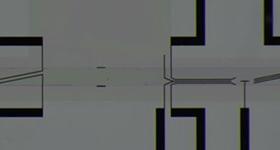
Super accurate particle and cell position control in flow is realized in the present micro-chip using microfluidics and dielectrophoretic forces (DEP). Three types of electrode configurations were developed. The first one is the rail-type electrode that can control the height and spanwise positions of the particles. The second is the ladder-type electrode that can control the distance between the flowing particles by applying a specific pattern to the voltage of the DEP. This electrode also enables us to understand the exact timing when the particles flows out from the outlet. The third electrode is the flip-type electrode that can move one particle and separate it from others in a very short time. DEP being positive or negative (attractive or repulsive forces) depends on the frequency of the AC voltage and the electric permittivity of the particle, cell and fluid. In most cases negative DEP force is generated which makes the position control difficult. The present technique can move and trap the particles to a specific position as they flow even under negative DEP conditions. These systems improve the accuracy of the particle and cell position control in microchannel flow which significantly enhance the performance and throughput of the sensors and sorting – screening and collecting specific cells from others.
Publication:
K. Tatsumi et al., "Particle Timing Control and Alignment in Microchannel Flow by Applying Periodic Force Control Using Dielectrophoretic Force", Analytical Chemistry, (accepted).
K. Tatsumi, "Analysis and Measurement of Dielectrophoretic Manipulation of Particles and Lymphocytes Using Rail-type Electrodes", Medical Engineering & Physics, Vol. 38, No. 1 (2016), 24-32.
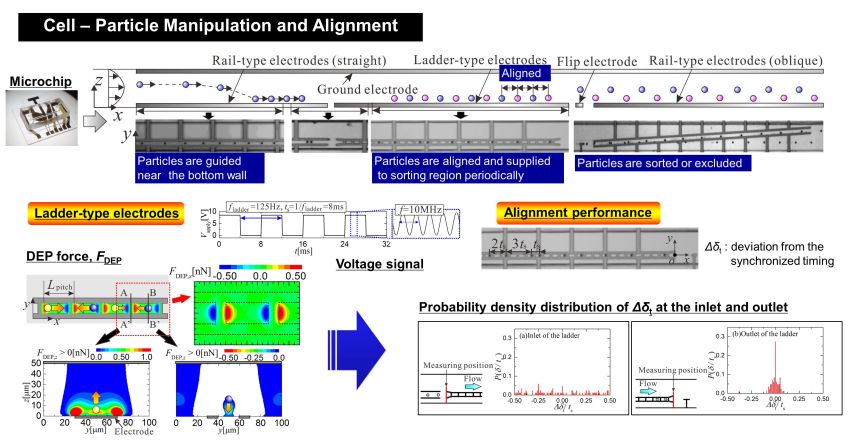
流体制御および電気計測を用いたマイクロセンサによる細胞力学特性の評価
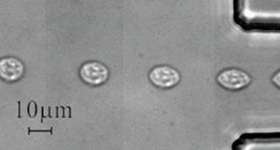
赤血球などの細胞および膜の変形能を安価・迅速・小試料でかつ高精度で測定可能なマイクロセンサの開発を目的として,マイクロ流路内の高せん断流れ場と薄膜マイクロ電極を活用した,単一赤血球の変形能の電気的計測型マイクロセンサの開発を行っています.このような個々の細胞の変形能を調べることは,単なる流体力学的興味に留まらず,臨床的にも重要です.本研究のセンサは,マイクロ流路内の高せん断流れ場により変形した赤血球の交流電場における抵抗値を,流路下壁に設けた薄膜電極対を用いて測定し,その電気信号波形を解析することで変形能を求めます.従来の光学的測定を用いたセンサと比較して,本研究の電気的測定は,迅速,コンパクトかつ安価に検査が可能である他,すでに実用化されている血球計数装置との親和性も高いと考えられます.
A micro-sensor chip is developed to measure the deformability of the cell using the microfluidics and micro electric sensors. In the sensor chip the position of the cells are controlled and guided to the electric sensor part using microfluidics - forward and backward facing step flow and sheath flows. The cells are deformed by the high shear rate of the microchannel flow when it flows over the sensor region. The electric resistance distribution is measured as each cell crosses the micro-electrode. We have shown that the cell shape and deformability can be measured by analyzing this electric resistance distribution. The present method shows much higher throughput, compactness and cost efficiency compared to the conventional optical measurements.
Publication:
K. Tatsumi et al., "Analysis of Lymphocytes Deformation in Microchannel Flows using Compound Drop Model, International Journal Flow", Turbulence and Combustion, Vol. 96, No. 1 (2016), pp. 245-260.
Y. Katsumoto et al., "Electrical Classification of Single Red Blood Cell Deformability in High Shear Rate Micro-Channel Flows", International Journal of Heat and Fluid Flow, Vol. 31, No. 6 ,(2010), pp. 985-995.
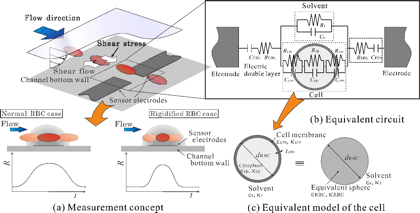
蛍光偏光法によるマイクロ流路内の温度・粘性係数の計測
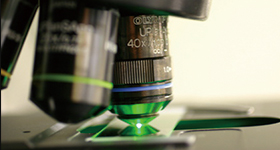
Fluid temperature and viscosity measurement technique is developed by measuring the polarization of the fluorescence molecules solve in the fluid. Depolarization of the fluorescence increases for the molecules solved in the fluid due to its Brownian motion. The degree of depolarization depends on the fluid temperature, viscosity, fluorescence lifetime and molecule volume. We have developed a system that can measure and calibrate the fluorescence polarization and the fluid temperature in microchannel flow. The present method is not influence by the fluorescent quenching effects and can produce high reliability. It can be combined with the conventional fluorescence intensity based measurement (LIF: laser induced fluorescence) and measure two components – temperature, pH, concentration - simultaneously. The method can also be applied to measurements of the local fluid viscosity in microchannel flows and their distributions for biological fluids, fluids with chemical reactions and mixing of various fluids.
Publication:
K. Tatsumi et al., "Liquid Temperature Measurement Method in Microchannels by Using Fluorescence Polarization", Heat and Mass Transfer, s00231-017-2104-6.
鈴木淳史ら,「蛍光偏光法を用いたマイクロ流路内流体温度計測」, 日本機械学会論文集,B編,Vol. 83 No. 853, 17-200.
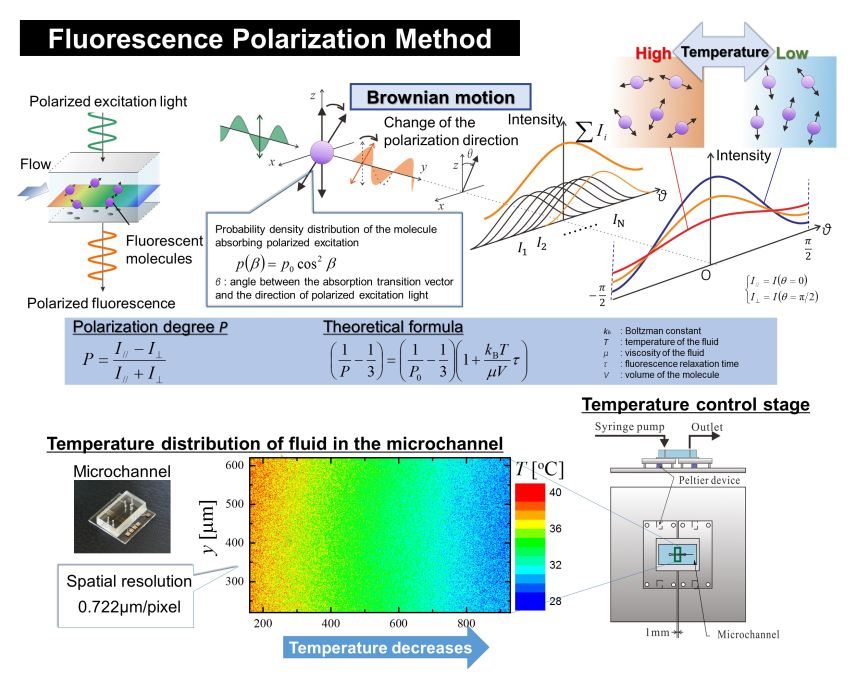
マイクロ流路を用いた血管内流れにおける物質輸送現象の解明
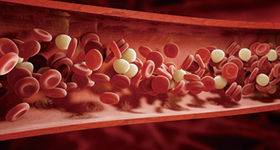
Mass transfer and diffusion coefficients in blood flow is measured using microchannel flows. Mass transfer coefficient is one significant properties to analysis the mass transfer in blood and at the wall. Mass transfer in blood is significantly affected by the red blood cell motions – flipping and tank-treading motions – and hematocrit of the cells. These motion and hematocrit varies with distance from the wall due to the shear rate of the flow and wall effects on the cells. We are measuring the apparent diffusion coefficients of blood flow in microchannels using nano-fluorescent particles. The effects of the hematocrit, distance from the wall, flow shear rate and particle size on the diffusion coefficient are evaluated.
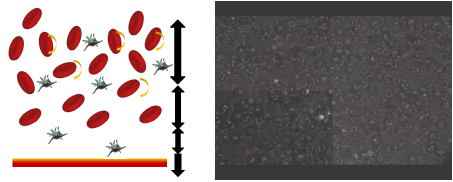
静脈血栓形成における熱物性と反応特性の計測

Venous thrombus (VT) generation and separation are important issues in circulators and are the causes of pulmonary embolism. Compared to artery thrombus, the thrombus generation in VT is strongly related to the fibrin network formation, more than the platelet coagulation. To understand the mechanism of the fibrin and VT formation, and what the dominant factor for its generation speed and size is, we are measuring the mass transfer effects and thermal properties of VT using microfluidic platforms. The platelet adhesion to the wall and its activation, mass concentration of the activation factors, the growth speed and pattern of the fibrin fibers are measured in microchannels using fluorescence labeling methods. The effects of the flow rate (shear rate) and the temperature are evaluated to obtained the correlation of the physical stress and mass diffusion with the fibrin pattern, and the coefficient of the temperature for the reaction rate of the thrombus generation.
Publication:
K. Tatsumi et al., "Thermal Characteristics Measurement of Fibrin Reaction and Clot Formation in Venous Thrombus Using Microchannel Flow", 16th International Heat Transfer Conference, (2018), IHTC16-22842.
